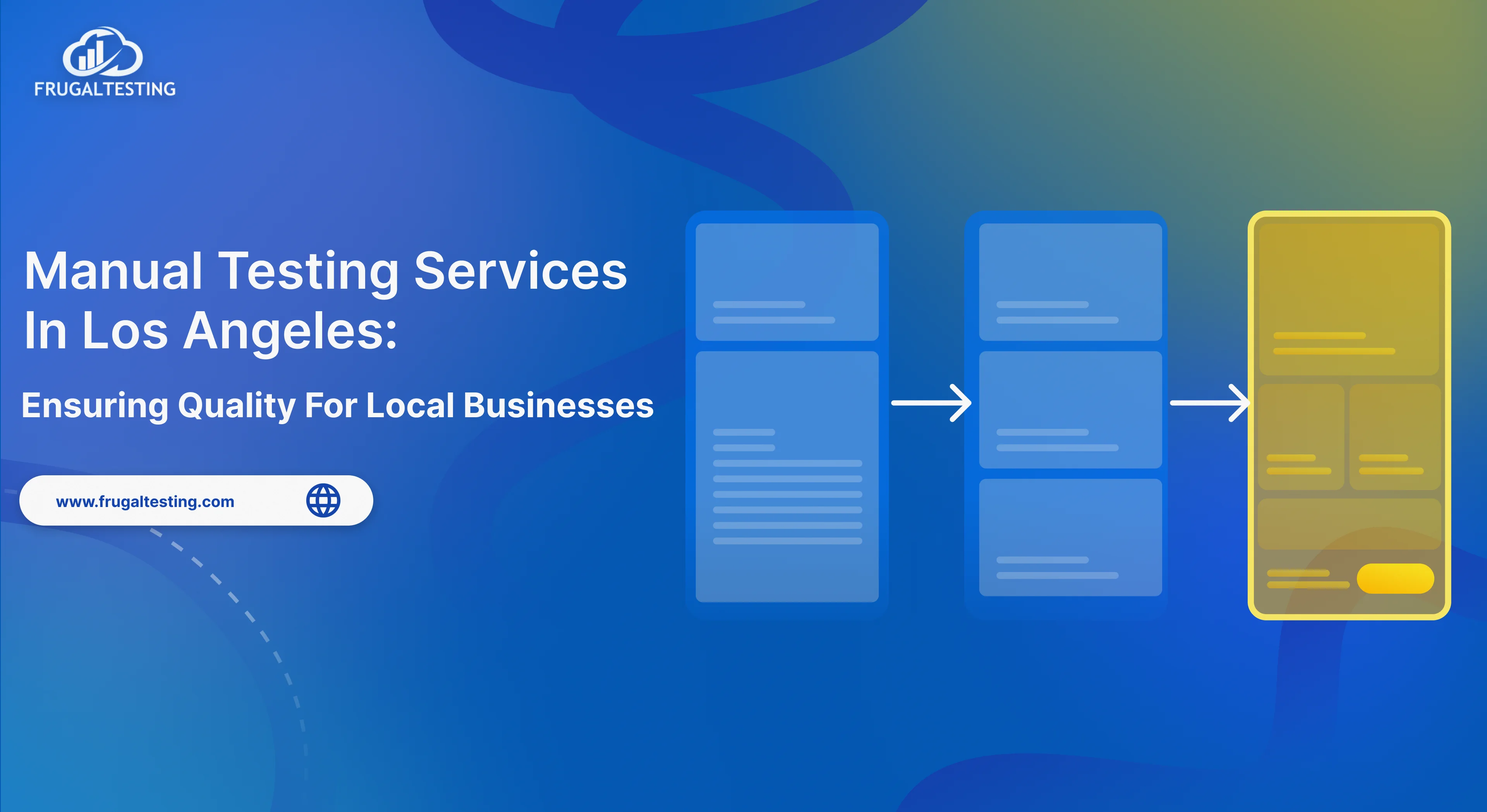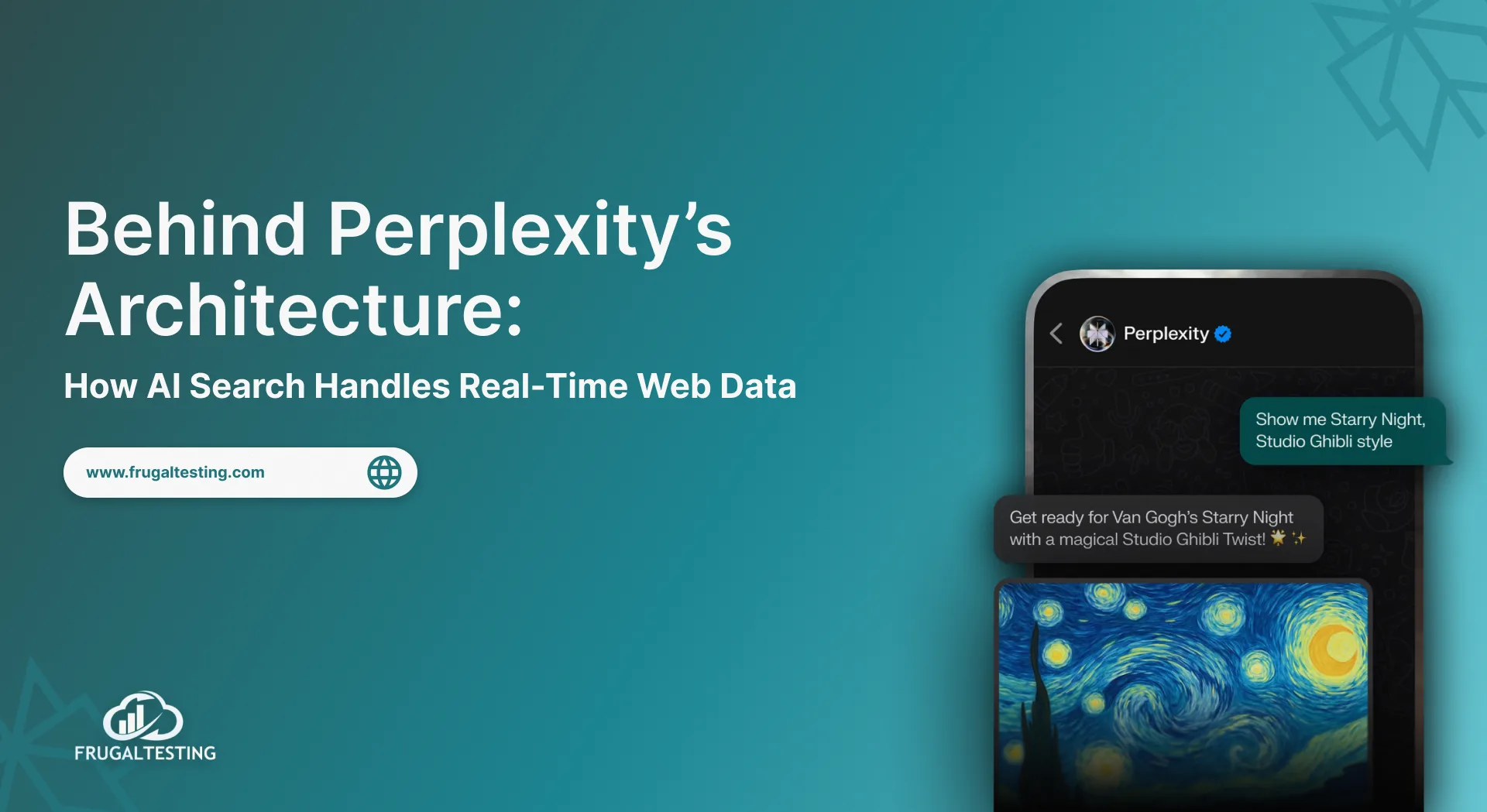As AI continues to revolutionize software testing, simply adopting new tools isn't enough. To truly unlock the benefits of AI-powered test automation, like faster execution, smarter test coverage, and reduced maintenance, you need a well-structured plan. Documenting testing processes alongside AI tool behavior ensures transparency and traceability.
AI is reshaping software testing by enabling faster execution, smarter coverage, and lower maintenance. But adopting AI tools alone isn’t enough; success depends on a strategic, well-planned approach.
✨ This blog will walk you through:
📌 How AI enhances test coverage, accuracy, and speed
📌 Best practices for integrating AI into your testing strategy
📌 Top AI testing tools and how to choose the right one
📌 Real-world use cases of AI-powered testing
📌 Tips for scaling AI test automation in CI/CD environments
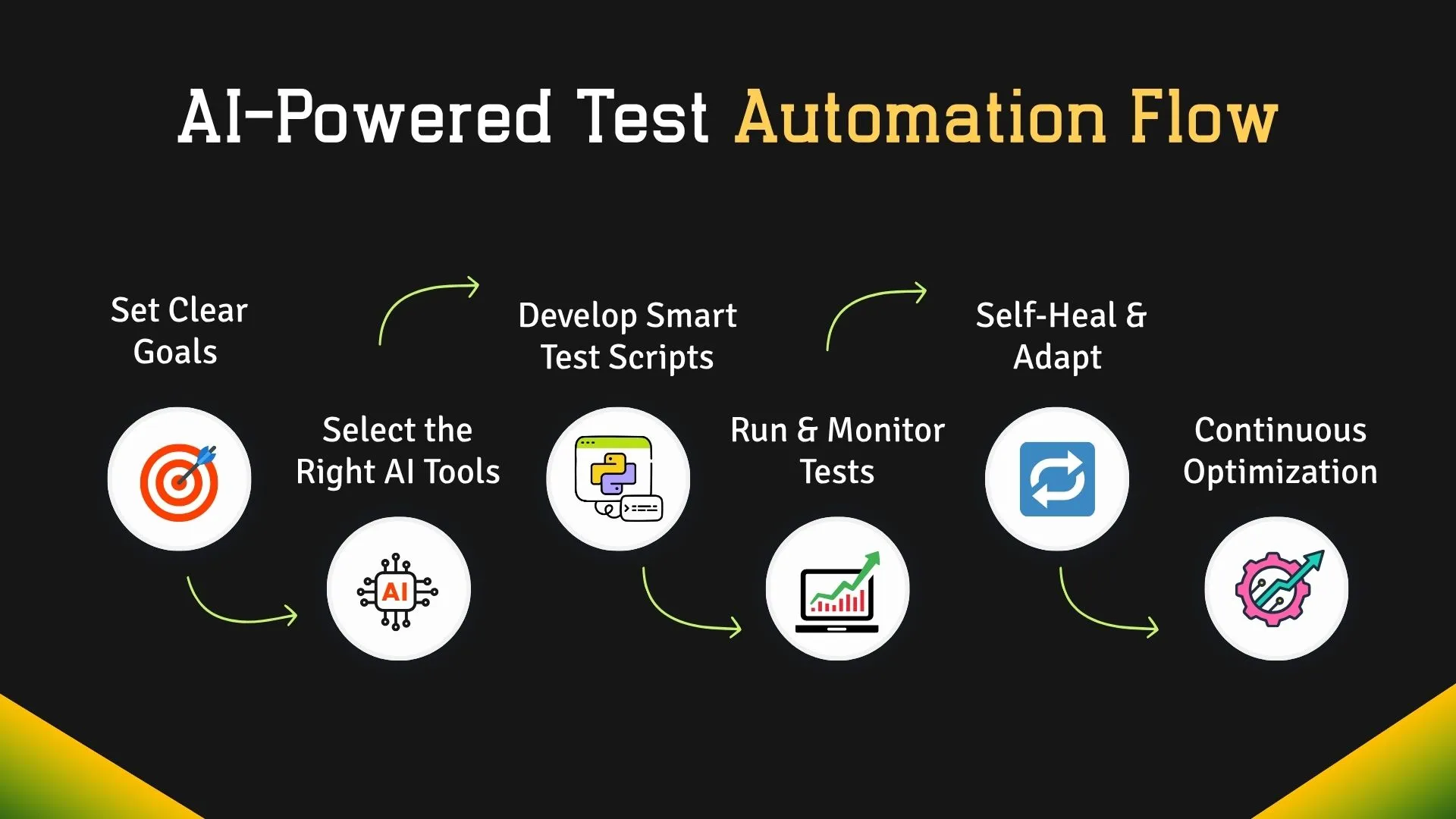
Introduction to AI in Test Automation
Test automation has become a critical pillar in modern software development, playing a vital role in ensuring faster releases, higher quality, and continuous delivery. As software systems become more complex, AI enhances software quality assurance by enabling smarter, faster, and data-driven testing strategies.

Why Traditional Test Automation Needs an Upgrade
Traditional automation testing frameworks, such as Selenium, JUnit, and TestNG, have long been the backbone of automated testing in software development. While still foundational for unit testing, these tools lack adaptability when dealing with fast-changing UIs or APIs.
Furthermore, while manual QA testing still plays a crucial role in areas requiring human judgment, such as unit testing, exploratory testing, end-to-end testing, and user behavior scenarios, it's simply inefficient for repetitive tasks.
As a result, teams experience higher maintenance costs, UI changes, longer release cycles, and reduced confidence in automated test suites. In an era where software is expected to be fast, adaptive, and intelligent, test automation needs to evolve accordingly.
What Makes AI a Game-Changer in Testing
The introduction of Artificial Intelligence (AI) into software testing represents a significant leap forward from traditional automation. One of the biggest shifts in modern QA is not just using automation, but actually testing AI components themselves, ensuring AI-driven features perform reliably under various inputs and edge cases.
At the heart of AI in testing is machine learning (ML), AI algorithms that can analyze massive volumes of test data, user interactions, and system behavior to uncover patterns, predict potential failure points, and make intelligent decisions. Rather than following rigid scripts, AI-enabled testing systems evolve, becoming smarter with every test run.
Real-World Applications of AI in QA Teams
AI tools adapt to dynamic user interface changes, identifying new element hierarchies without human intervention.
- Visual Testing and Image-Based Validation
This approach ensures the visual consistency of the user interface across screen sizes and devices. - Predictive Defect Analysis
AI evaluates past test data and code commits to highlight areas most likely to break in future builds. - Test Case Optimization
AI identifies redundant tests, unused scenarios, and weak test coverage. - Selenium Test Automation Augmentation
AI testing software can layer over existing Selenium test automation, bringing in smart locator handling and AI-generated test scenarios.
Benefits of AI-Powered Test Automation
One of the most significant challenges in traditional and manual testing is achieving comprehensive test coverage. Manual testers often focus on core functionality, leaving out critical edge cases, boundary conditions, and rare user interactions unintentionally.
AI-powered tools are ideal for implementing continuous testing across builds and environments, ensuring quality at every stage of development.
This is where AI in software testing makes a transformative difference.
Improved Test Coverage & Accuracy
1. Automatic Generation of Edge Test Cases
AI-powered test automation tools can look at how an app works, what users usually do, and past problems to create test cases on their own. These test cases might not be thought of by a person. These include:
- Boundary value scenarios
- Negative tests
- Rare input combinations
- Unusual navigation flows
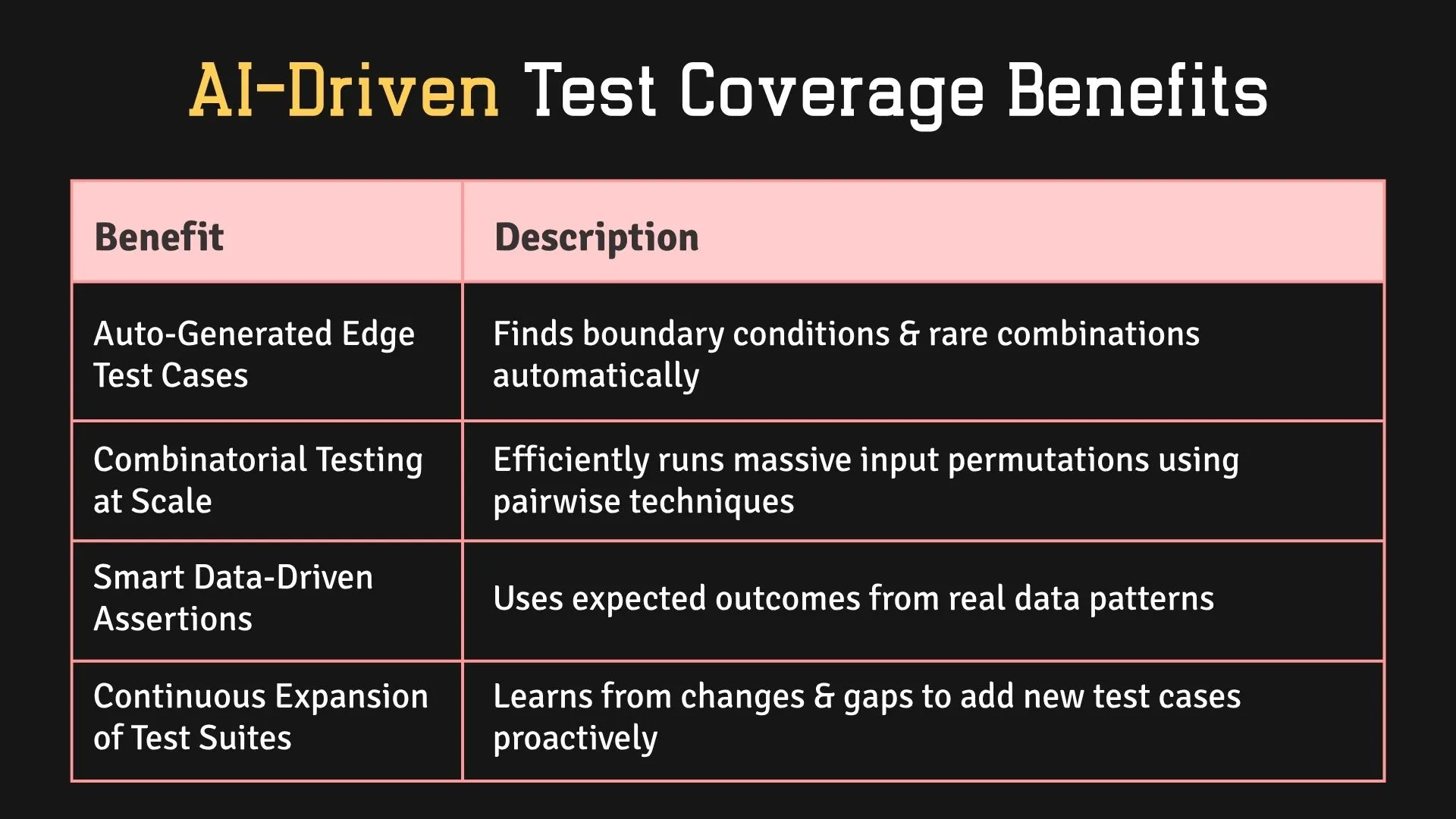
2. Combinatorial Testing at Scale
Testing all possible input combinations or UI interactions manually is simply impractical. But AI can process and test hundreds or thousands of permutations efficiently using techniques like:
- Pairwise testing
- Orthogonal arrays
- Model-based testing
3. Smarter, Data-Driven Assertions
AI doesn’t just test steps - it makes intelligent assertions based on patterns, learned behavior, and expected outcomes. Instead of relying solely on hardcoded validations (e.g., "this element should contain text X"), AI can validate:
- Dynamic UI content
- Visual regressions
- Data integrity across systems
- Performance trends over time
4. Continuous Expansion of Test Suites
As the application evolves, AI systems can identify gaps in existing test coverage and suggest or create new test cases proactively. This ensures your automation suite stays relevant and comprehensive without needing frequent manual reviews or rewrites.
Self-healing automation drastically reduces manual script upkeep, even in frequently updated UIs.If your team is struggling with fragile locators, prioritize tools that provide robust self-healing automation features for more reliable test execution.
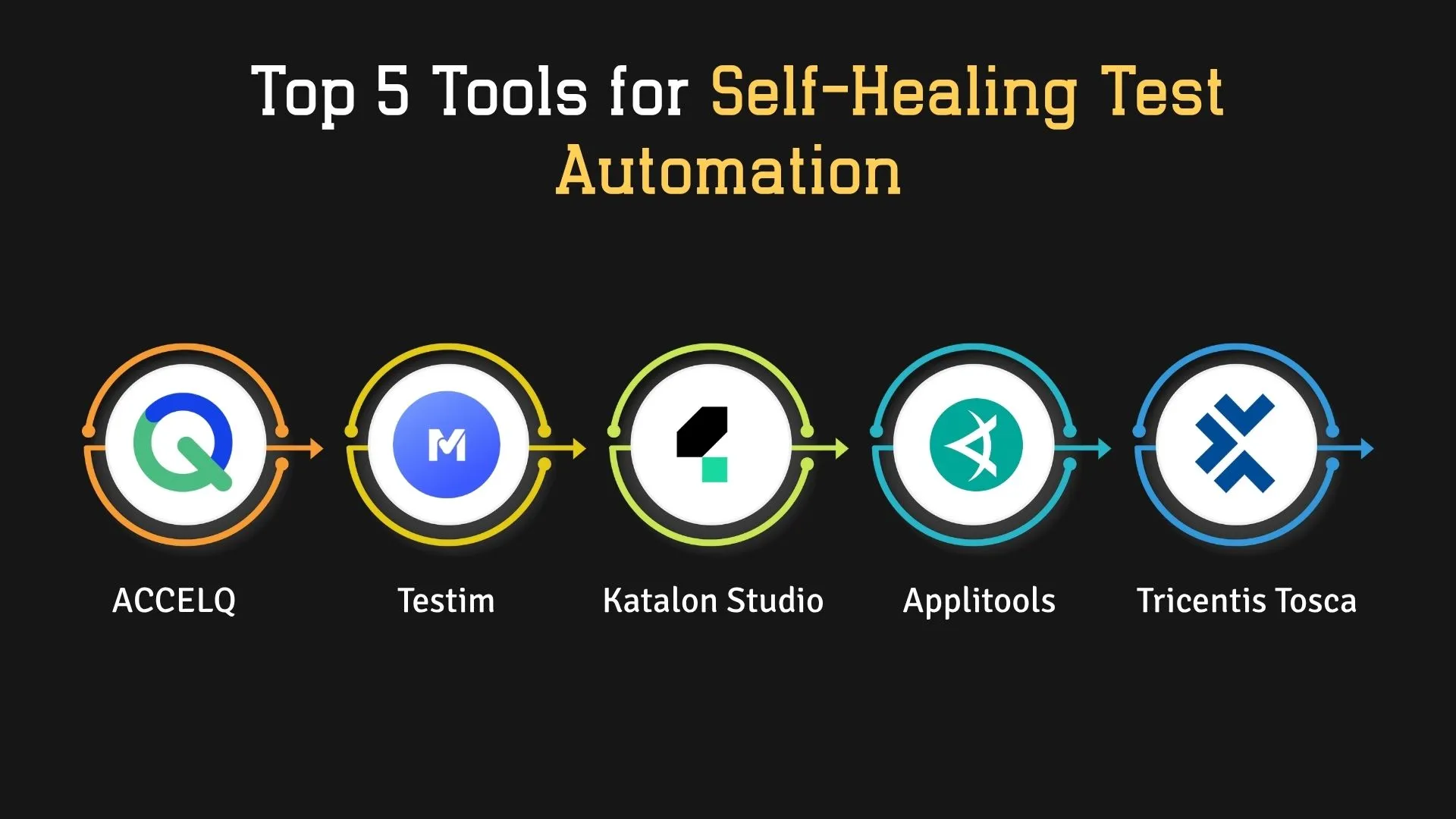
Faster Test Cycles with Intelligent Execution
AI optimizes test automation services by executing only the most relevant test cases based on recent code changes. This reduces testing time significantly, especially in large suites.
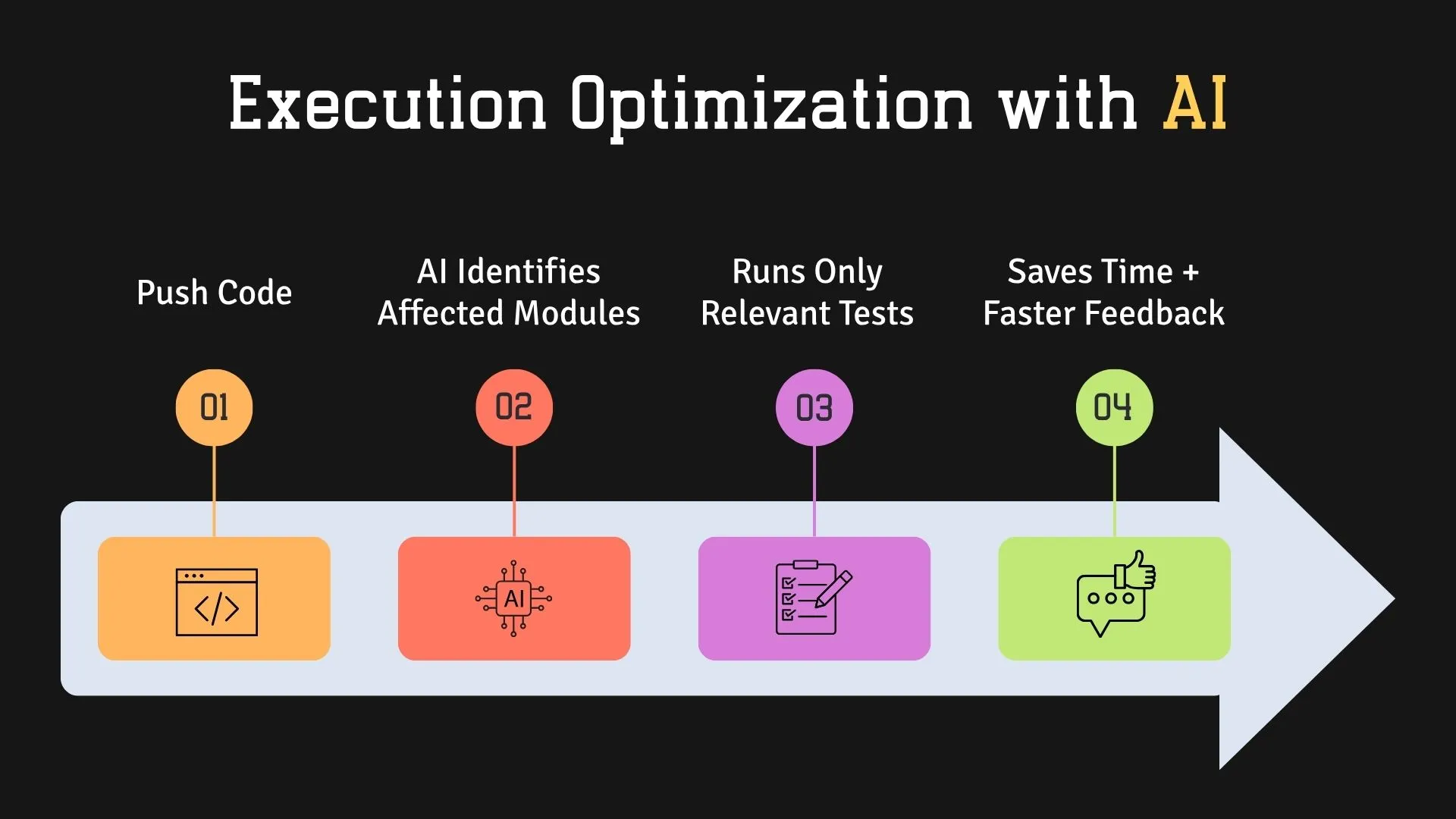
- No more running 1,000 tests when only 100 matter.
- AI identifies the impact area and executes high-priority tests.
- Combined with load testing services, it provides performance validation at scale.
Reduced Maintenance with Self-Healing Scripts
This not only reduces time spent on maintenance but also frees up the test automation engineer to focus on more strategic QA initiatives.
The most painful part of automation is maintenance. Enter AI testing frameworks with self-healing capabilities:
- Automatically detect and update changed selectors.
- Maintain execution continuity.
- Learn from past fixes to prevent future failures.
AI Tools That Are Transforming Automation Testing
AI in testing dramatically improves both the depth and breadth of test coverage, going far beyond what manual testing or traditional automation alone can achieve. It reduces human bias, minimizes oversight, and allows for rigorous, intelligent, and scalable testing that aligns with modern software development demands.
How AI Tools Work (Behind the Scenes)
AI based test automation tools use a blend of natural language processing, computer vision, and predictive analytics:
- NLP converts human-readable scenarios into automated test cases.
- Computer vision powers visual testing and layout comparison.
- ML models analyze test history, flakiness, and defect trends to optimize future runs.
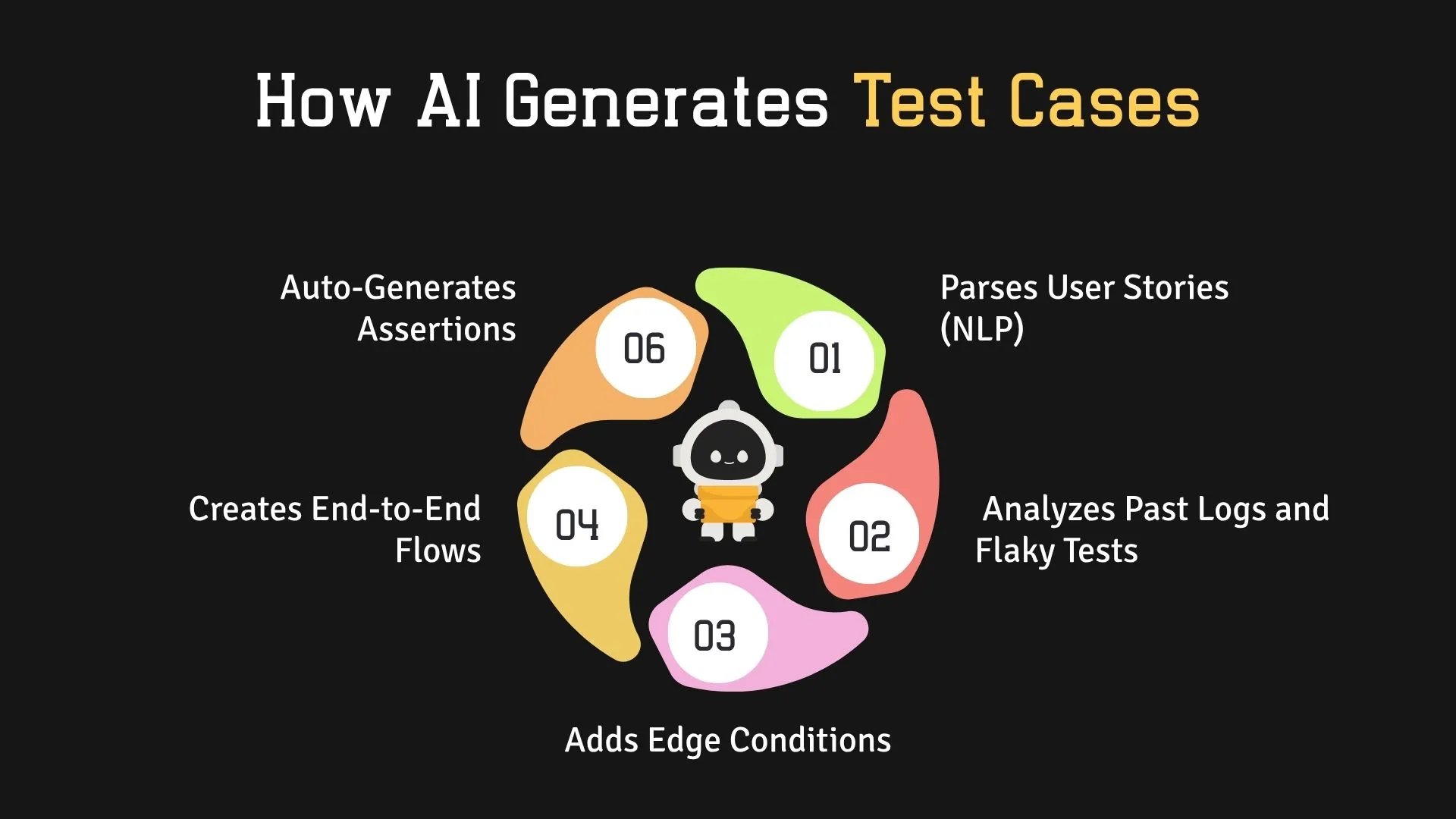
This behind-the-scenes intelligence distinguishes AI testing software from basic record-and-playback tools.
Choosing the Right Tool for Your Use Case
Choosing the best AI automation testing tools depends on your needs and your project’s goals:
Look for compatibility with your existing test automation framework and support for AI-driven test automation services.
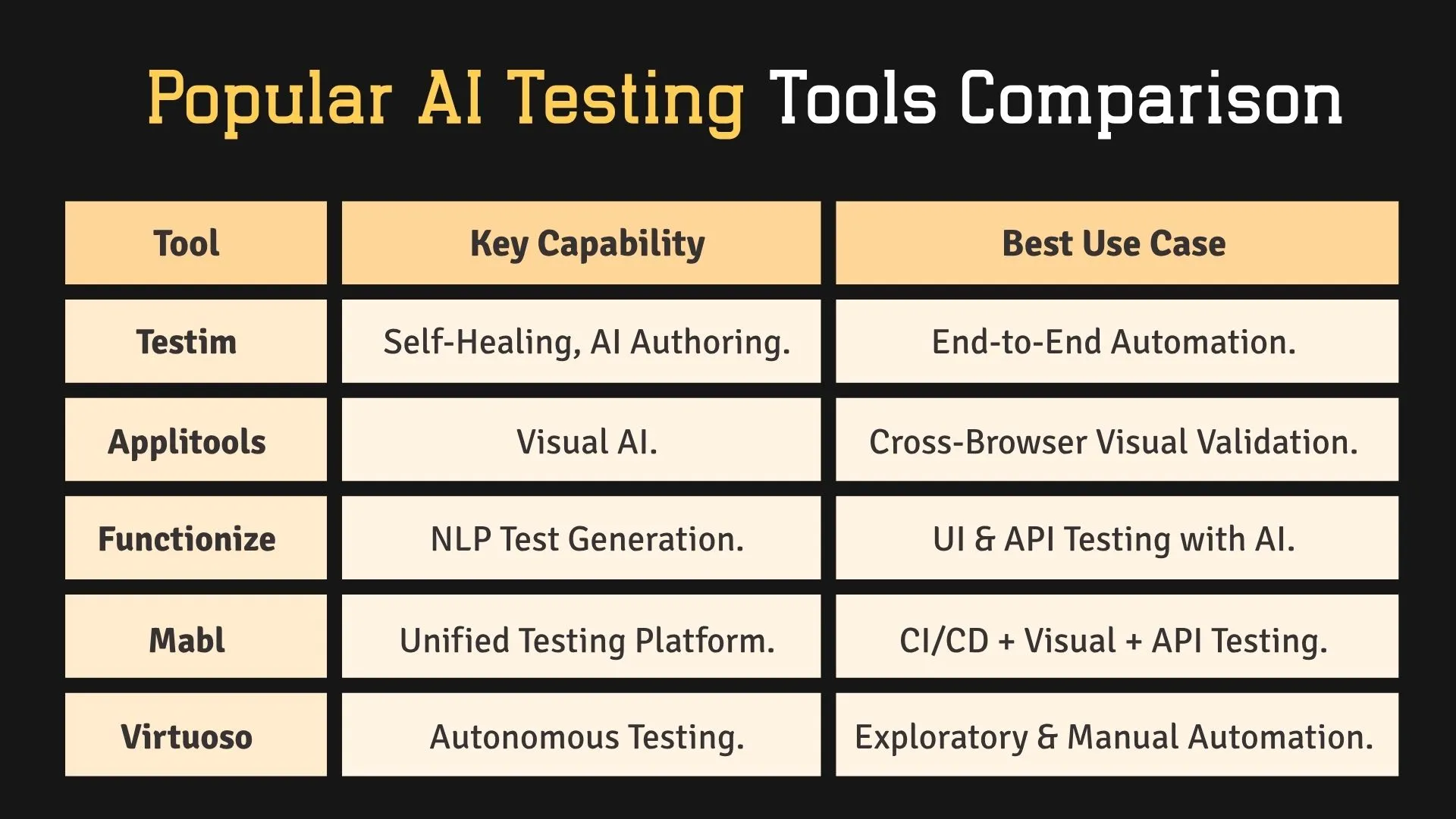
Best Practices for Implementing AI Test Automation
Successfully integrating AI into test automation is not just about adopting the latest tools; it's about creating a structured, goal-driven approach that ensures maximum return on investment (ROI). AI can deliver significant improvements in speed, coverage, accuracy, and efficiency, but only if implemented with strategic intent and measurable outcomes.
AI-generated test scripts help QA teams stay productive, even when application logic changes frequently.
Continuous testing ensures that every code change is automatically validated throughout the development lifecycle, enabling faster and more reliable releases.
By integrating AI with continuous testing, organizations can validate every change automatically within their CI/CD pipelines.

Here are the best practices to follow when embedding AI into your test automation workflow:
Define Clear Objectives and KPIs
Start by setting specific, measurable, and realistic goals that align with your broader QA and development objectives. For example:
- ✅ Reduce test cycle duration by 30% within 3 months.
- ✅ Increase automation coverage from 50% to 80% in critical modules.
- ✅ Cut test script maintenance time by 40% via AI-powered self-healing.
- ✅ Lower the number of flaky tests by identifying and fixing unstable scenarios.
- ✅ Accelerate feedback loops in CI/CD pipelines by prioritizing risk-based tests.
Once objectives are in place, establish Key Performance Indicators (KPIs) (eg. Mean Time to Resolution)
Start Small, Then Scale
AI in test automation doesn’t need to be adopted across the board immediately. In fact, it's smarter to begin with a limited scope pilot.
This approach allows you to:
- Evaluate tool performance in real conditions.
- Train internal teams on new workflows.
- Identify integration points with your existing toolchain (e.g., Jenkins, GitHub Actions, Jira).
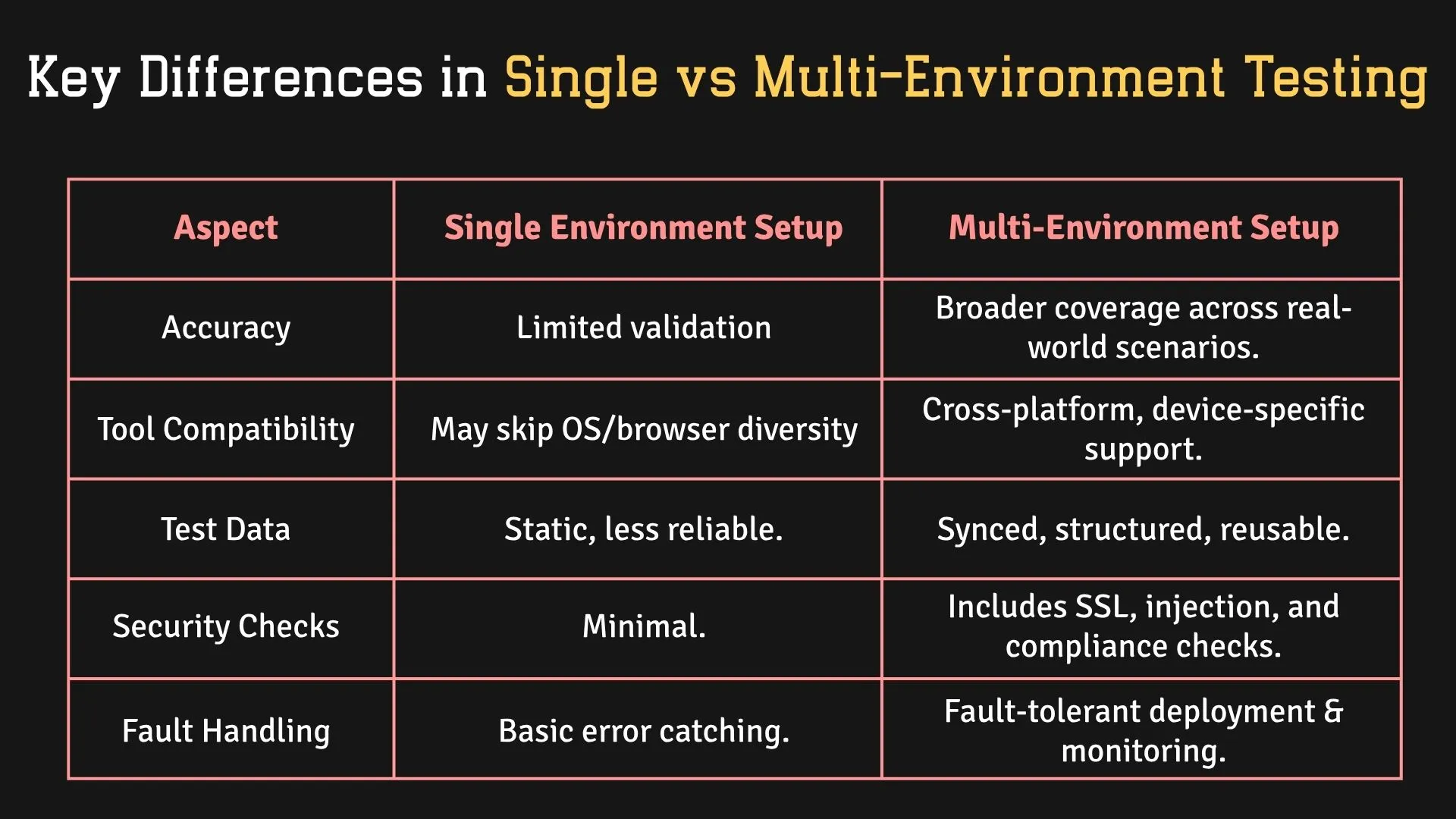
Once validated, gradually expand AI automation to other areas such as cross-browser testing, mobile UI validation, and performance testing.
Choose the Right AI Testing Tools
Seamless integration with modern CI/CD tools is essential to support continuous delivery pipelines and real-time feedback loops.
Different tools specialize in different AI capabilities, some excel in visual testing, others in NLP-driven test generation, or self-healing. Consider your specific requirements and evaluate equipment based on:
- Ease of integration with your current stack.
- Support for various platforms (web, mobile, API).
- AI-driven features like self-healing, predictive analysis, and intelligent test generation.
- Reporting and dashboarding for insights and KPIs.
Train Your Team and Foster Collaboration
AI devices simplify many functions, but human monitoring is important. Ensure that your QA engineers, developers, and business analysts:
- Understand how AI makes decisions (e.g., which selectors it heals or why it flags a test as flaky).
- Know how to interpret AI-generated test results.
- Can provide feedback to refine ML models, ensuring continuous learning and improvement.
Continuously Review and Refine Your Strategy
AI is not static; it constantly learns and improves over time. Periodically assess:
- Are KPIs trending in the right direction?
- Are AI-generated test cases relevant and accurate?
- Is the tool adapting well to UI and code changes?
- Has the maintenance effort reduced over time?
Core Use Cases of AI in Testing
AI is reshaping the way we approach software testing by introducing intelligent automation into areas that were previously manual, rigid, or error-prone. From improving visual accuracy to predicting defects and generating smarter test cases. Below are some of the most impactful use cases where AI is elevating test automation to the next level.
Visual Testing and Image-Based Validation
Traditional test automation primarily focuses on DOM-level validations, using locators like XPath, CSS selectors, or IDs to find elements and validate their properties. However, these methods often fail when dealing with visual inconsistencies, layout shifts, or style changes that affect the user experience but not the underlying HTML structure.

This is where AI-powered visual testing comes into play.
AI-enabled tools use computer vision and machine learning to compare screenshots of application pages across different environments, browsers, devices, or screen sizes. Instead of just checking for the presence of elements, these tools perform pixel-by-pixel comparisons, allowing them to detect multiple issues.
Predictive Defect Analysis
Fixing bugs late in the development lifecycle is costly. That’s why modern AI-driven testing platforms aim to shift testing left by proactively identifying potential risks before code is even fully deployed.
This early-warning system enables accurate defect prediction, helping teams proactively address bugs before they affect users.
Through predictive defect analysis, AI systems analyze historical and real-time data sources such as:
- Git commit history - to detect files with frequent changes or unstable areas of code
- Test execution logs - to find modules that consistently fail or have flaky test patterns
- Developer activity - such as the frequency of changes, the number of contributors to a file, and code churn
Intelligent Test Case Generation
Writing comprehensive test cases manually is labor-intensive and often error-prone, especially in large-scale projects where requirements evolve quickly. AI brings a transformative solution to this problem through intelligent test case generation.
This intelligent generation of test cases also leads to:
- Faster onboarding of new features into the test suite
- Rapid regression coverage when requirements change
- Significant reduction in manual software testing effort
AI Tools That Are Transforming Test Automation
Artificial Intelligence is no longer just a buzzword in software testing - it's becoming the engine behind smarter, faster, and more reliable test automation. From intelligent test case generation to self-healing scripts and predictive defect analysis, AI-powered tools are revolutionizing the way teams approach quality assurance.
H3-Popular AI Tools in Test Automation
Here are some top-rated AI software testing tools:
- Applitools: Visual AI validation
- Testim.io: Self-healing and learning tests
- Functionize: NLP-driven test creation
- Mabl: All-in-one AI QA platform
- Virtuoso: Autonomous testing assistant
- Sofy.ai (Most used AI test automation tool): Codeless AI automation
All offer integrations with major platforms and test automation tools.
Future Trends in AI-Powered Test Automation
In the near future, AI agents will not only generate tests but also monitor production systems for anomalies and initiate real-time regression runs.
In advanced setups, AI agents can help with Continuous Deployment workflows by validating changes directly in production-like environments.
- Generative AI for testing (test case creation)
- AI Agents that monitor production logs and create tests from anomalies
- Voice-to-test automation using NLP
- Broader support for manual testing tool enhancements with AI overlays
- Unified platforms offering functional testing services, load testing service, and visual regression under one roof
Conclusion
AI-managed testing is changing how to ensure software quality in the automation industry.
AI is now integrated across every stage of the QA lifecycle, from planning and execution to monitoring and optimization.
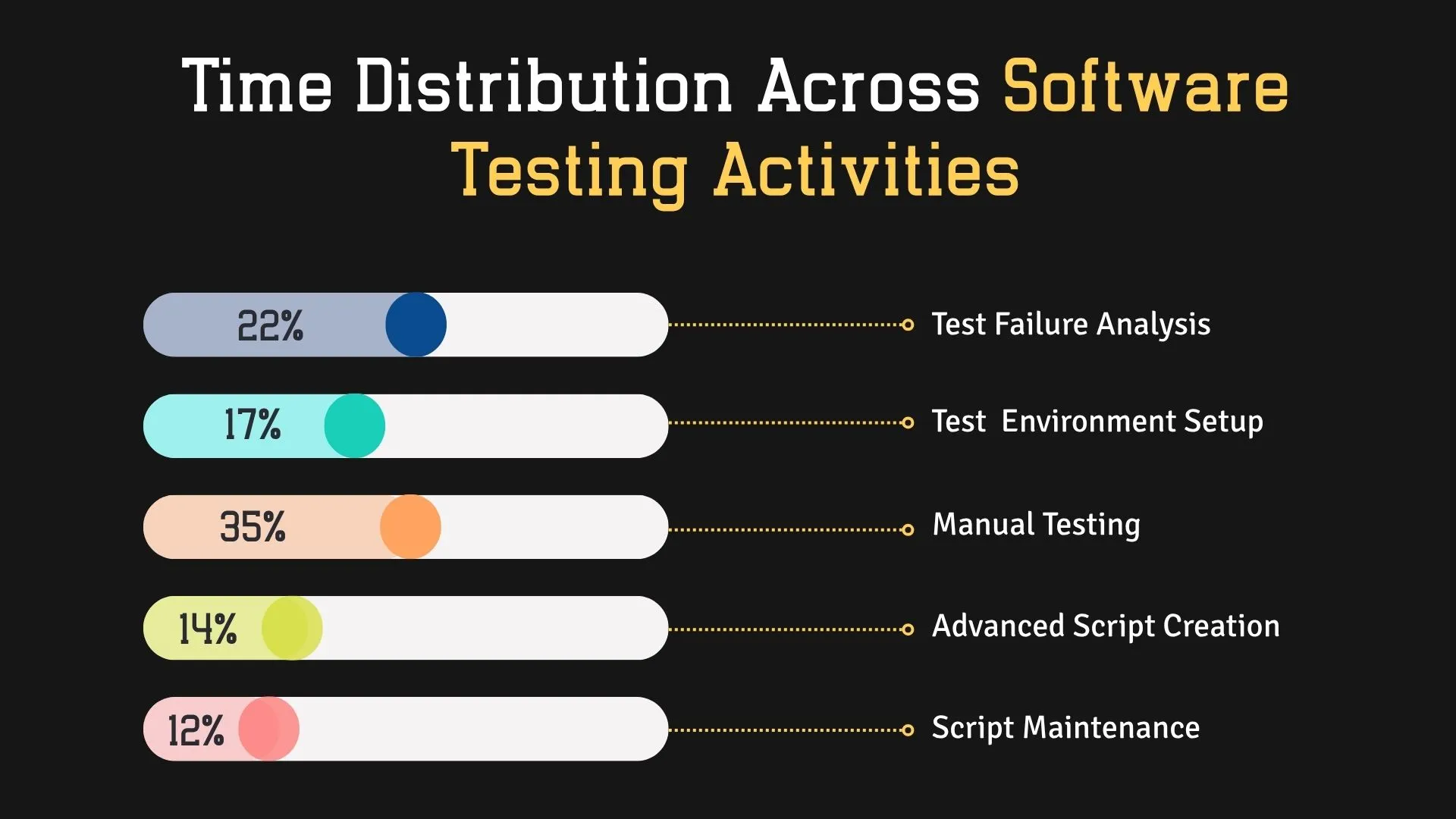
Unlike conventional automation testing, which depends heavily on static scripts, AI testing software can adapt to changes in real time with machine learning and generative AI, improving reliability across continuous integration and deployment pipelines.
QA teams are now empowered to focus on strategic tasks like exploratory testing, while routine tasks like regression and visual validation are increasingly handled by AI. This synergy between manual expertise and AI enabled testing results in faster, more accurate releases.
AI supports adaptive testing processes that can evolve as the product and user needs change.

Finally, adopting AI in automated testing is not about changing examiners - it is about increasing their abilities. With a growing ecosystem of AI testing tools, frameworks, and services, the future of software testing is intelligent, collaborative, and scalable.
Organizations that use ai powered test automation today will be better equipped to meet the demands of tomorrow’s software landscape. AI testing tools support the entire software development lifecycle, ensuring continuous validation from development to software releases.
FAQs
👉1. Which AI tools are completely free?
Sofy.ai, TestProject, and Katalon Recorder offer free plans for beginners. They support codeless automation, AI-driven validation, and lightweight scriptless testing.
👉2. Which AI agents are free?
AutoGPT and AgentGPT are open-source and customizable for QA needs. They can automate tasks like test case creation, planning, and data setup.
👉3. Which AI tools are best for QA testing?
Testim offers self-healing tests and AI-based authoring for UI-rich apps. Applitools uses visual AI to ensure consistent rendering across devices.
👉4. Will AI replace automation testers?
No, AI supports testers by automating repetitive tasks like regression checks. Testers still design plans, analyze results, and handle exploratory testing.
👉5. Can I use AI to create a test?
Yes! AI tools can auto-generate tests from user stories, flows, or bug reports. This speeds up test creation while maintaining coverage and accuracy.





%201.webp)
